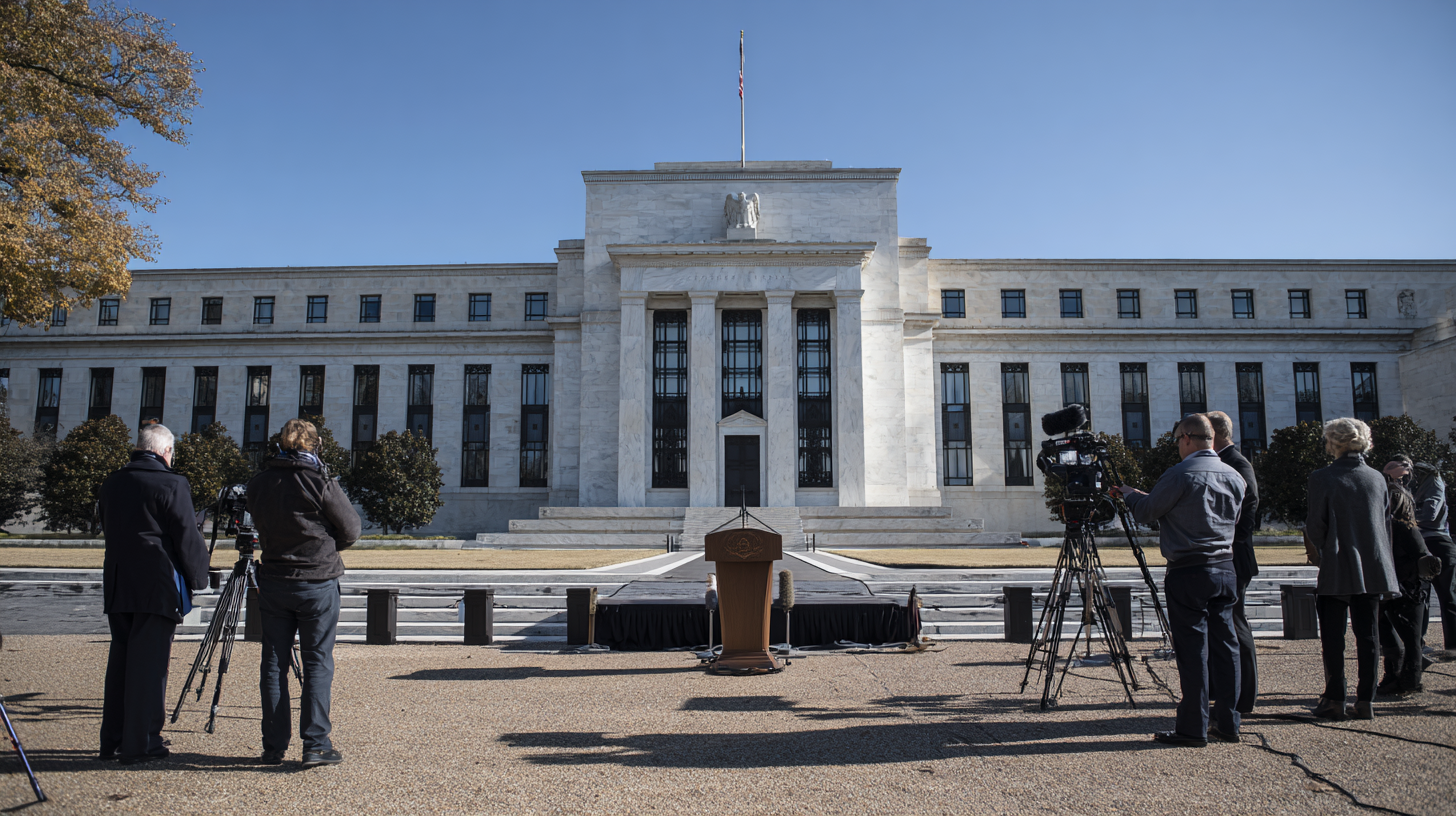Consumer confidence in the United States has dropped to its lowest level in three years as the ongoing government shutdown weighs heavily on Americans’ views of the economy and their own financial situations. The University of Michigan’s preliminary consumer sentiment index for November fell to 50.3, marking a six percent decline from October and nearly a 30 percent decrease compared to the same month last year.
The latest reading reflects widespread unease among households. Many are increasingly worried about the effects of the prolonged government shutdown, which has now stretched past a month and become the longest in U.S. history. The shutdown has disrupted access to key government data on inflation, employment, and growth, leaving businesses and consumers uncertain about the true state of the economy.
Without fresh official data, Americans are relying on private reports that paint a concerning picture. Job cuts have surged, and labor market conditions appear to be softening. A report from Challenger, Gray & Christmas indicated that October saw the highest number of announced layoffs in more than two decades. Job openings have slowed, and many unemployed workers are finding it harder to secure new positions. Together, these trends suggest that confidence in the labor market is fading.
The decline in sentiment is not evenly spread across the population. Wealthier households, particularly those with large stock portfolios, remain more optimistic thanks to record highs in the equity markets. This contrast highlights the widening gap between those benefiting from strong financial markets and those struggling with everyday costs. The result is a divided economic landscape where prosperity is unevenly distributed, reinforcing the perception of a two-speed economy.
For most Americans, persistent inflation, higher interest rates, and the uncertainty caused by the shutdown are combining to erode financial stability. Even though inflation has eased from last year’s highs, the prices of essential goods and services remain well above pre-pandemic levels. Meanwhile, delays in government services such as Social Security payments and student loan processing are adding frustration and stress to households already under pressure.
The timing of this drop in confidence is particularly concerning as the country heads into the holiday shopping season. Consumer spending drives much of the U.S. economy, and a downturn in sentiment could translate into weaker retail sales. Businesses that rely on end-of-year spending may face slower demand if consumers choose to save rather than spend amid the growing uncertainty.
Economists warn that if the shutdown continues and confidence remains weak, growth could slow in the early months of 2026. The longer the political stalemate drags on, the greater the risk of long-term damage to household finances and business activity.
Overall, the latest sentiment data suggests that Americans are growing increasingly uneasy about both their personal finances and the broader economy. Until the government resolves the shutdown and restores a sense of stability, confidence is likely to remain depressed and the economic recovery may continue to lose momentum.












